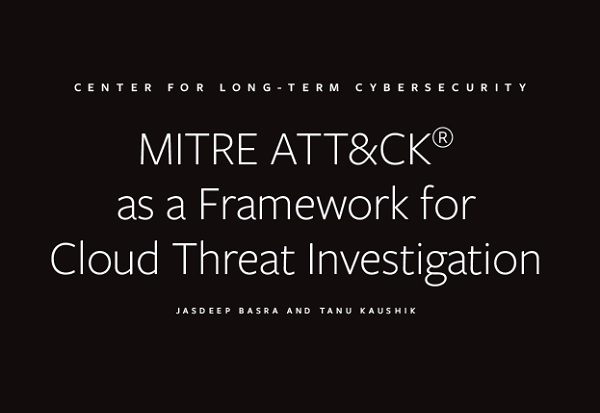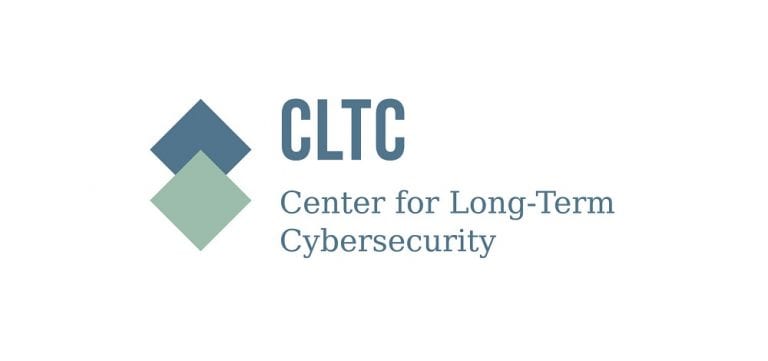Executive Summary
With the rapid adoption of cloud computing, new security challenges have emerged for all enterprises. We surveyed and interviewed leading security professionals to investigate how they assess and confront these challenges, including rapidly changing technology and business models, ambiguity between cloud providers and purchasers of cloud services about shared responsibilities for security, and the need to manage threats in the cloud that are intertwined with on-premise and hybrid environments.
A strong majority of our research subjects believe that a unified investigation framework that includes both cloud and on-premise environments would improve their processes and outcomes by providing a single integrated solution for threat investigation. Such frameworks exist, but their overall utility is limited by several perceived shortcomings, most notably a lack of interoperability with security tools that impedes automation.
The MITRE ATT&CK® framework is the most widely adopted at present; many enterprises are moving toward more widespread adoption as this framework improves its integration and automation capabilities. Further improvement in these areas would facilitate firms more confidently leveraging the efficiencies gained from cloud computing.
Key findings from the report include:
- Adversary techniques are executed against nearly all enterprises in the cloud: 81% of organizations experience adversary techniques found in the ATT&CK Matrix for Enterprise covering cloud-based techniques (Cloud Matrix); 58% of all enterprises experience the “Initial Access” phase of an attack on a monthly basis.
- Enterprises use the ATT&CK framework to determine gaps in currently deployed security products and for other important tasks: Fifty-seven percent of global respondents believe the ATT&CK framework is helpful for determining gaps in currently deployed security tools. Fifty-five percent recommend the framework for security policy implementation, and 54% find the framework useful for threat modeling.
- The ATT&CK for Cloud matrix is widely adopted: Sixty-three percent of large- and medium-sized enterprises we surveyed use both the Cloud Matrix and Enterprise Matrix (Windows/Mac/Linux) in their security operations centers.
- Large- and medium-sized enterprises are not fully confident that their security products detect all techniques in the ATT&CK matrices: Only about 49% of respondents feel highly confident in the ability of their security products to detect the adversary tactics and techniques in each of the ATT&CK matrices.
- The biggest challenge with ATT&CK framework implementation is its lack of interoperability with security products: 45% of global survey respondents identify the lack of interoperability with their security products as the biggest challenge with the ATT&CK framework, and 43% cite the challenge of mapping event data to tactics and techniques.
- A large percentage of enterprises do not correlate events from the cloud, networks, and endpoints to investigate threats: Only 39% of enterprises incorporate events from all three environments (cloud, network, and endpoints) when investigating threats.
- The ATT&CK framework can increase confidence in cloud security and adoption: Eighty-seven percent of survey respondents agree that adopting the ATT&CK for Cloud matrix will improve cloud security in their organizations. Seventy-nine percent say it would also make them more comfortable with cloud adoption, and 69% agree that they would be more comfortable with outsourcing their security operations center to a third-party provider that uses the ATT&CK framework.


